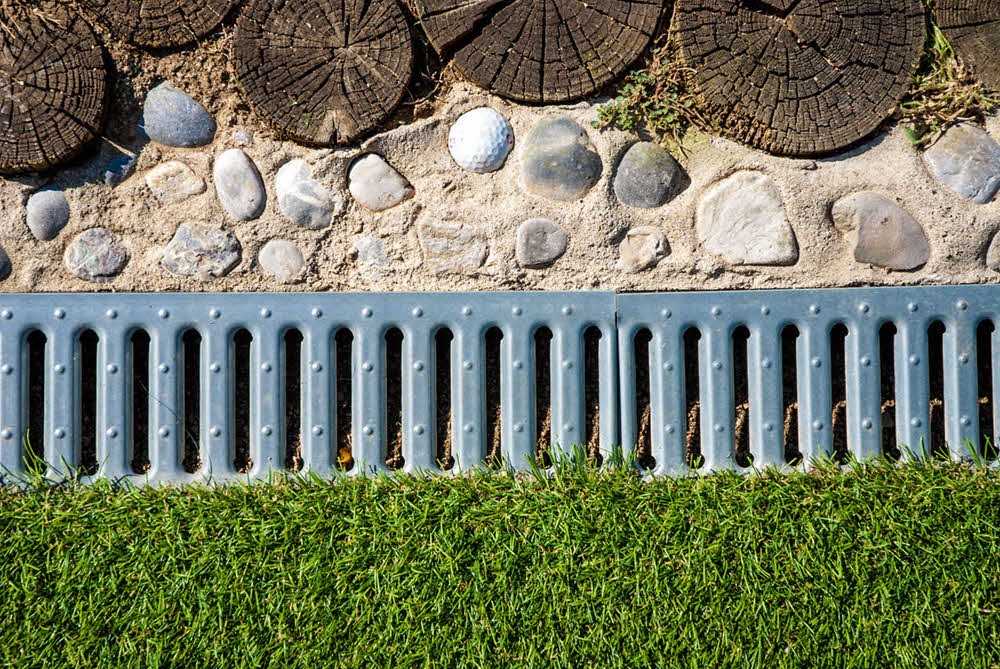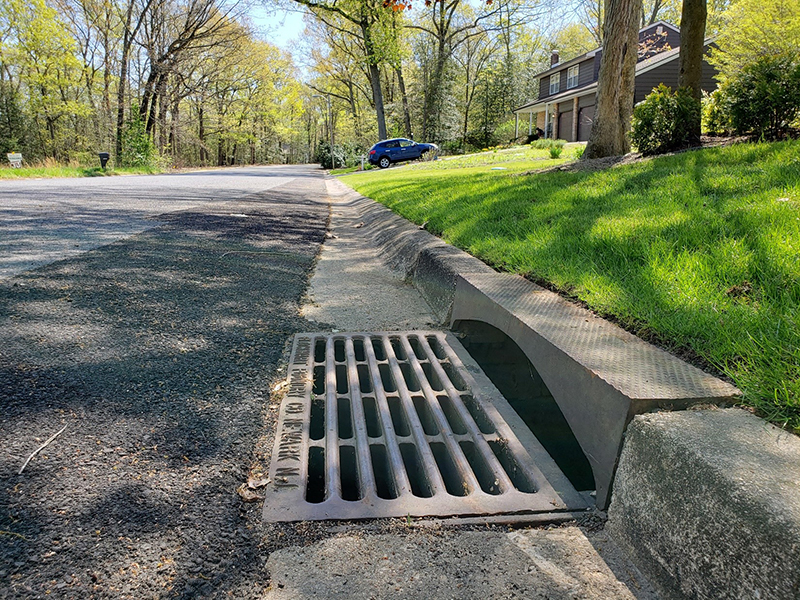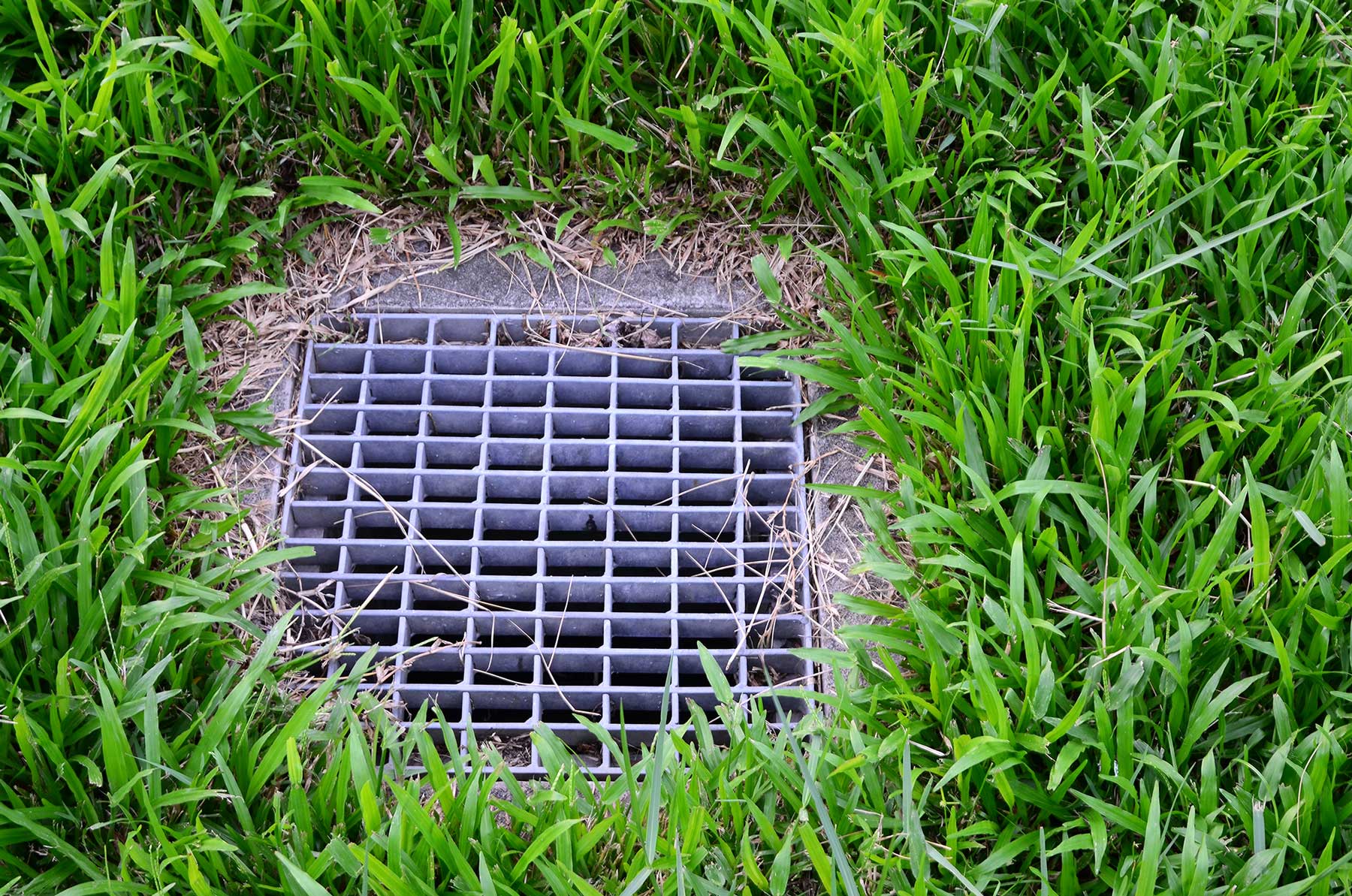Residential Storm Drain Servicesin Romeo MI
Residential Storm Drain Solutions to Protect Your Home from Water Damage
We Are Locally Owned & Operated For Over 37 Years
Contact Us Today!
We Serve Businesses In And Around The Following Cities:
About Residential Storm Drain Services
Introduction to Residential Storm Drain in Romeo
Understanding the essence of an effective storm drain system is crucial, particularly for commercial property owners or managers. If you own or maintain commercial properties in the city of Romeo, you no doubt understand the significance of adequate drainage measures. Among the solutions available, the choice to engage expert service for a residential storm drain setup offers numerous benefits. In this guide, we delve into details about various types of storm drain systems, focusing on practical applications and benefits in different settings, such as the house storm drain, storm drain for driveway, and storm drain in yard options.
Types of Residential Storm Drain Systems
The variety of available residential storm drain systems ensures that there’s a perfect solution for dealing with heavy downpours and maintain a dry, comfortable property. The storm drain for house and the storm drain basement options are often coupled together to offer an optimal damp and flood control mechanism. This also holds for the storm drain in basement and the backyard storm drain options. They integrate effectively with the storm drain for yard, ensuring seamless control of runoff water and effective protection of your property. Whichever you choose, D&J Contracting offers expert insights to match your specific needs.
The Benefits of Storm Drain Systems
At first sight, setting up residential storm drain systems may seem like an unnecessary expense. However, these infrastructures pay for themselves in the long run by saving potential repair costs associated with water damage. They protect your property by guiding excess rainfall away from your houses and driveways, mitigating the risk of water infiltration and structural compromise. A storm drain for yard, for example, efficiently reduces soil erosion and saturated yards. Similarly, a storm drain in basement significantly lowers the risk of water accumulation that could otherwise damage the property’s foundation.
Real-World Applications of Storm Drain Systems
For a practical understanding of the utility and application of these systems, consider the example of storm drain basement installations. Numerous commercial property owners in Romeo have had to wrestle with basement flooding, particularly during heavy rain or snow melt seasons. By incorporating a storm drain in basement, they have been able to drastically reduce the incidences of basement flooding, saving substantial repair cost in the process.
Furthermore, engaging in storm drain installation for driveways has proven beneficial for many commercial properties in Romeo in managing water runoff and preventing hazardous icy patches during winter. Notably, D&J Contracting has been pivotal in many such projects, contributing expertise and years of experience in providing satisfactory and lasting solutions.
Choosing the Right Storm Drain Solution
Selecting the appropriate storm drain system for your property largely depends on various factors such as the size of your property, the gradient of your land, and the climate within your locality. For instance, a house storm drain is best suited for homes with large roofs or where there are frequent heavy downpours. The storm drain for driveway is the perfect drainage system for properties with long stretches of paved surfaces. When in doubt, consulting with experts like D&J Contracting can provide clarity and guide your decision-making process.
Reflection on Key Points
To recap, residential storm drain systems are essential elements of any commercial property. They offer valuable protection against the potentially costly consequences of water damage and significantly contribute to property value. As we highlighted, different storm drain systems offer specialized benefits for various property installations, be it storm drains for house, storm drain in basement, or storm drain for yard. They all play a significant role in facilitating optimal stormwater management. Considering the importance of these storm drain solutions, it’s crucial to work with experienced professionals for the best results. D&J Contracting comes highly recommended due to its vast experience and track record of excellence in installing residential storm drainages in Romeo.
While investing in a robust storm drain system might seem daunting, it ensures the longevity and preservation of your property in the long run. So remember, the journey to safeguarding your property from potential water damage begins with a single step of contacting a professional like D&J Contracting for an insightful consultation.
Residential Storm Drain Services Gallery


Call Us Today to receive your Free Quote for
Residential Storm Drain in Romeo
Serving: Romeo, Michigan

About Romeo, Michigan
A settlement here was originally occupied by the indigenous Chippewa (Ojibwe), an Algonquian-speaking people who were part of a large language family of tribes extending to the Atlantic Coast. Those tribes around the Great Lakes are thought to have migrated to this area by the 12th century.
The early European-American settlers in this area referred to the Chippewa settlement as “Indian Village”. In the 1820s and 1830s more migrant European-American families began to settle in the area, building homes and establishing businesses. They renamed the community “Hoxie’s Settlement”, after a man who opened an inn on Main Street. In 1839, Hoxie’s Settlement became incorporated and was renamed as the village of Romeo. The name was suggested by the wife of local merchant Nathaniel Taylor because it was “short, musical, classical and uncommon.” Romeo celebrated its 175th anniversary on March 9, 2013.
Romeo once served as a trading center for the timber industry, and had many mills processing lumber from the region. Many wealthy timber families resided there. Dozens of stately Victorian mansions survive. Romeo is distinct in the area for having a fairly robust, traditional downtown, which has never suffered a major fire. Because of this, some stores and restaurants downtown have features such as original tin ceilings from the Civil War. In the early 20th century, Romeo was the site of an early business devoted to the new automobile industry: the Detroit Auto Vehicle Company operated here from 1904 until 1908.
The village is in northwestern Macomb County, situated at the southeast corner of Bruce Township, with a portion extending south into Washington Township. Armada Township is adjacent to the east and Ray Township to the southeast. M-53 passes through the east side of the village, leading north 16 miles (26 km) to Imlay City and south 30 miles (48 km) to the eastern side of Detroit.
According to the United States Census Bureau, the village of Romeo has a total area of 2.05 square miles (5.31 km), of which 0.002 square miles (0.005 km), or 0.10%, are water. East Pond Creek crosses the easternmost part of the village, flowing east to the North Branch of the Clinton River, part of the Lake St. Clair watershed.
| Census | Pop. | Note | %± |
|---|---|---|---|
| 1850 | 330 | — | |
| 1880 | 1,629 | — | |
| 1890 | 1,637 | 0.5% | |
| 1900 | 1,580 | −3.5% | |
| 1910 | 1,787 | 13.1% | |
| 1920 | 2,102 | 17.6% | |
| 1930 | 2,283 | 8.6% | |
| 1940 | 2,627 | 15.1% | |
| 1950 | 2,985 | 13.6% | |
| 1960 | 3,327 | 11.5% | |
| 1970 | 4,012 | 20.6% | |
| 1980 | 3,509 | −12.5% | |
| 1990 | 3,520 | 0.3% | |
| 2000 | 3,721 | 5.7% | |
| 2010 | 3,596 | −3.4% | |
| 2020 | 3,767 | 4.8% | |
| U.S. Decennial Census | |||
As of the census of 2010, there were 3,596 people, 1,501 households, and 979 families residing in the village. The population density was 1,780.2 inhabitants per square mile (687.3/km). There were 1,659 housing units at an average density of 821.3 per square mile (317.1/km). The racial makeup of the village was 91.9% White, 3.8% African American, 0.2% Native American, 0.5% Asian, 1.1% from other races, and 2.6% from two or more races. Hispanic or Latino people of any race were 5.7% of the population.
There were 1,501 households, of which 32.2% had children under the age of 18 living with them, 46.2% were married couples living together, 14.9% had a female householder with no husband present, 4.1% had a male householder with no wife present, and 34.8% were non-families. 30.8% of all households were made up of individuals, and 13.6% had someone living alone who was 65 years of age or older. The average household size was 2.36 and the average family size was 2.96.
The median age in the village was 40.9 years. 23.5% of residents were under the age of 18; 7.7% were between the ages of 18 and 24; 24.1% were from 25 to 44; 29.4% were from 45 to 64; and 15.3% were 65 years of age or older. The gender makeup of the village was 46.4% male and 53.6% female.
As of the census of 2000, there were 3,721 people, 1,528 households, and 993 families residing in the village. The population density was 1,842.8 inhabitants per square mile (711.5/km). There were 1,605 housing units at an average density of 794.9 per square mile (306.9/km). The racial makeup of the village was 92.66% White, 4.35% African American, 0.16% Native American, 0.40% Asian, 0.11% Pacific Islander, 0.67% from other races, and 1.64% from two or more races. Hispanic or Latino people of any race were 2.74% of the population.
There were 1,528 households, out of which 33.3% had children under the age of 18 living with them, 48.2% were married couples living together, 13.5% had a female householder with no husband present, and 35.0% were non-families. 31.3% of all households were made up of individuals, and 13.2% had someone living alone who was 65 years of age or older. The average household size was 2.40 and the average family size was 3.04.
In the village, the population was spread out, with 26.1% under the age of 18, 8.2% from 18 to 24, 30.1% from 25 to 44, 21.4% from 45 to 64, and 14.2% who were 65 years of age or older. The median age was 36 years. For every 100 females, there were 87.2 males. For every 100 females age 18 and over, there were 82.5 males.
The median income for a household in the village was $48,015, and the median income for a family was $60,179. Males had a median income of $51,875 versus $27,696 for females. The per capita income for the village was $22,588. About 3.2% of families and 3.9% of the population were below the poverty line, including 6.5% of those under age 18 and 3.9% of those age 65 or over.
The government of the village of Romeo consists of elected and appointed officials. The elected officials include six council members, one president, treasurer and clerk. The appointed officials include the Chief of Police, Department of Public Works Director, and Village Administrator. Currently, the elected clerk also holds the appointed position of Village Administrator. The day-to-day operations of the village are handled by the Clerk/Administrator.
Since the turn of the 21st century, Romeo has worked to upgrade its infrastructure. It has improved the streetscape on Van Dyke Avenue, the main road through the village, and installed a new water tower. It had earlier established one of the few wastewater treatment plants in the region. While most of the metropolitan region receives water and sewage service from the City of Detroit, Romeo independently sustains its own supply of water and manages treatment of village sewage. This was especially valuable during the blackout that occurred throughout the entire northeastern United States on August 14, 2003. Romeo was one of the few areas in the Detroit metropolitan area to have clean running water. More recent infrastructure improvements include a complete renovation of the village water system, and replacement of all the sidewalks throughout the village.
Call Us Today to receive your Free Quote for
Residential Storm Drain in Romeo
Related Services in Romeo, Michigan
We Serve Businesses In The Following Zip Codes:
48007, 48015, 48021, 48026, 48035, 48036, 48038, 48042, 48043, 48044, 48045, 48046, 48047, 48048, 48050, 48051, 48066, 48071, 48080, 48081, 48082, 48083, 48084, 48085, 48088, 48089, 48090, 48091, 48092, 48093, 48098, 48099, 48225, 48230, 48236, 48310, 48311, 48312, 48313, 48314, 48315, 48316, 48317, 48318, 48397